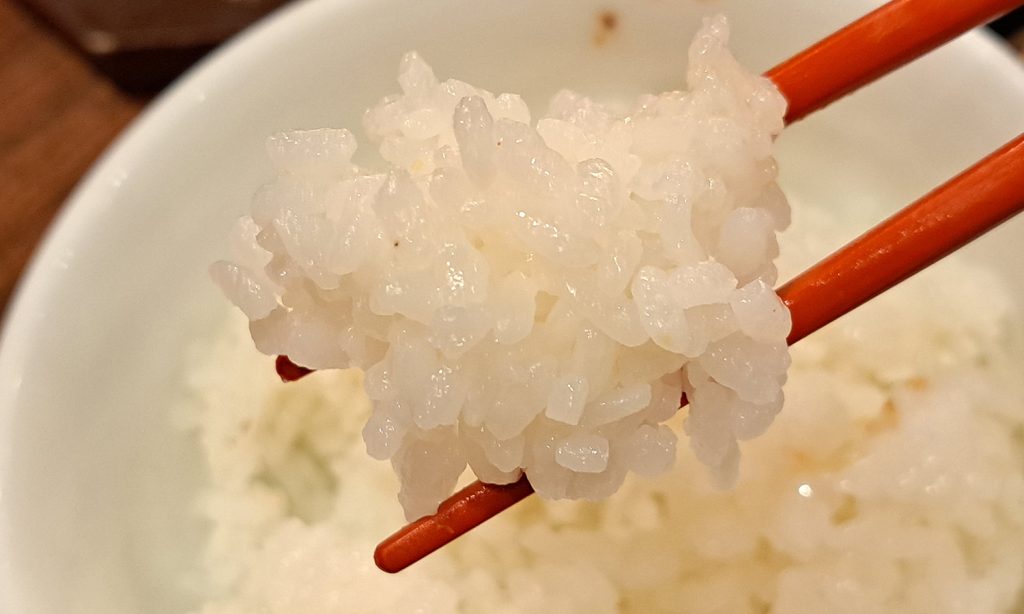Tags
2024 Japanese White Rice Market Report: Annual Demand Drops by 100,000 Tons Due to Dietary Shifts.
Merxwire.
Although 74% of Japanese people eat rice daily, the demand is decreasing by 100,000 tons per year due to the aging population and changes in dietary structure.

TOKYO, JAPAN (MERXWIRE) – Japanese white rice is popular both at home and abroad. Although 74% of Japanese people eat white rice every day, the consumption of white rice is declining yearly at a rate of 100,000 tons per year. The latest “2024 Japanese White Rice Market Report” released by MERXWIRE points out that this trend is related to population decline and a decrease in per capita white rice consumption, especially among the elderly group over 60 years old, where the reduction of white rice consumption is more prominent. The report brings together data from multiple sources to analyze the key factors affecting the decline in Japan’s white rice demand.
LY Corporation recently conducted a mobile web survey of LINE users. When asked how many days a week they eat white rice, 74% of the respondents said they eat it “almost every day.” Although nutrition authorities continue to call for more diverse diets, rice is an indispensable ingredient in Japanese daily life.
Regarding age groups, most respondents aged 10 to 19 said they “eat it almost every day”, accounting for 84%. This may be because parents prepare meals for their growing children daily and because schools provide meals during school hours. The 20 to 69 age group showed the same trend, but surprisingly, among the respondents who ate white rice “less than 3 days a week,” the majority were in the 60 to 69 age group, accounting for 14%.
Based on the changing trends in per capita consumption and daily intake of rice and rice products among different age groups, it was found that the consumption of white rice among the elderly decreased faster than that among the young. Compared with 18 years ago, the daily white rice intake of people aged 20 has reduced by 12.5 grams (3.6%). The decrease in the 60-year-old group is more prominent, with a daily intake of 105.6 grams less (a reduction of 27.3%).

Although more than 70% of the people eat white rice almost daily, as demand declines, the rice planting area and output decrease yearly. According to Japan’s Ministry of Agriculture, Forestry and Fisheries, annual demand will decrease by about 100,000 tons. The agricultural management model has gradually shifted towards collectivization, and planting non-staple food crops has increased.
As the rice planting area and output continue to decline with demand, the farm management model gradually shifts towards a group management model. The proportion of non-staple food crops in flat agricultural areas has increased, and the rice planting area has decreased yearly. Although white rice still plays an important role in people’s daily meals, preventing the continued downward trend in demand and production is still tricky.
Uonuma County in Japan is one of the essential white rice-producing areas. The white rice produced here is exceptionally delicious and is widely popular among consumers at home and abroad.
https://www.bignewsnetwork.com/news/274929072/2024-japanese-white-rice-market-report-annual-demand-drops-by-100000-tons-due-to-dietary-shiftsPublished Date: January 11, 2025






